Click below to watch the video
Who were the gods that were worshiped in pre-Islamic times and what can we learn from them? Video #12 in the series Archeology and Islam by Dan Gibson. For more information on the Lihyanites mentioned in this video, see: https://en.wikipedia.org/wiki/Lihyan. Thanks to the viewer who caught an error at 1:08. Slip of the tongue. The picture is from 570 AD, about the same time that a similar picture would have hung in the Ka’ba, not the 15th century.
Transcript
Video #12 This is a general transcript of a Dan Gibson video in the series: Archeology and Islam.
Hello, and welcome to another video in the series Archeology and Islam. My name is Dan Gibson and in this video we are going to investigate the gods that were worshiped in Arabia at the time of the coming of Islam.
First, Bukhari tells us that when Muhammad entered the Ka’ba to cleanse it, there were 360 sacred objects gathered there. (Bukhari 4720) The Arabic word here is nusub or standing objects. Some of them were idols, but many of them were simply religious objects. For instance, there were pictures of Jesus and his mother, Mary.

5th century painting of Mary and child
This picture is from the 5th century, about the same time that this event took place. In Christianity artistic drawings of religious people was not forbidden. In fact they were encouraged, as it helped people to remember and identify stories and the people that were there. So these pictures were not idols, but they were religious objects, and the records call them nusub, or standing objects… 360 religious objects.
The first question we must ask is: How did all these objects get collected in the Ka’ba area? How could Christians, Jews, and Pagan all allow their sacred objects to be all gathered in the same place? It does not make sense? I do not know of any other places that this phenomena has occurred.
But if you believe that the first Ka’ba was in the city of Petra then there is a reasonable explanation.
You see Petra was home to pagans, Jews, and Christians. There were at least four different churches in the Christian Quarter of Petra.
But the Christians only occupied a small part of that city. The rest of that city was full of pagans, polytheists and their places of worship.
Then, 19 years before Muhammad was born, a large earthquake shook Petra, crushing many buildings, causing them to collapse, including some churches. After the earthquake the citizens of Petra dug through the rubble, and they retrieved the religious objects. But what should they do with them? The temples had collapsed.
Now in Petra there was an open area in front of the main temple, today known as Qasr al-Bint. And as we discovered in the last video, back then it was most likely a temple to Hubal the Lord of the Dhushara mountains. In the open area in front of the temple, nothing could fall on these precious sacred objects.
Now today archeologists and historians are eager to establish the identity of the god that was worshiped in each of these temples. That is, assuming there was an individual god associated with each temple. I think that concept is based on Roman and Greek practices. They often had a temple for each individual god.
However, there is no evidence that the early Arabs limited their temples to just one deity. All of the temples seem to have had niches and places for multiple idols. And so it would seem that there were multiple idols worshiped in each of these temples.
In a few minutes we will list some of these gods. And you will notice that the earliest mention of these gods, they all come from Lihyanite inscriptions; almost every one of them as roots back to Lihyanite nomads. Nomads do not have temples, unless it is a place where they go to on pilgrimage. Nomads worship where they are. And so this idea of a fixed permanent building for just one God does not fit the nomad mindset. And so it is very common to find god-niches and inscriptions of various gods, side by side in sacred space. Sometimes even inside the same niche, you find multiple gods.
So when the earthquake took place in Petra in 519 CE, the Arabs had no objections in gathering all the religious objects of the city into one location. What is surprising is to find objects from one of the four churches placed along side of the idols. But this is what we are told.
This is why you find stories about people digging through the rubble, and finding sacred writing about Allah and Becca.
This is why they had to find a Jewish rabbi to translate them. And why these objects were placed side by side, Christian and pagan.
So in 551, after the earthquake, all of the people that survived the earthquake gathered in the open space in the center of the city beside Qasr al Bint. And it was here that they collected all of their religious objects.
Christians would be there, and Pagans would be there. And each one would pray in front of their own object. Some would walk in a circle, and pray in front of many objects. And others would call out the names of their deity, as they would walk past.
So what were the main gods that were worshiped before the coming of Islam?
In the previous video we identified Hubal as being the main god of the Quraysh and we identified that god with Dushara or The One of the Shara. We also connected Hubal with the name: Hu-Baal. We demonstrated that this god was also known as Baal-shamin.
What is interesting is that Baal-shamin had other names given to him. One of those was Rahman or merciful. Another name was “Blessed-Be-His-Name-Forever.” Over 200 altars have been found in northern Arabia with this title.
Along with Rahman or merciful there was the title: Tb from where we get the Arab word Tayib or good. Other titles were Hnn or “compassionate”, where we get Hanun from; s-k-r you see written in the inscriptions for “rewarding” or “generous. (tyr)” These all were applied to Baal-Shamin.
Now the next god we want to look at is Alāt - Some call her a Moon God She also started out as a Lihyanite god, and some think she was associated with the south Arabian god Wadd as they are found together in at least one inscription, and in another inscription at Ayn esh-Shallaleh the name Alat is combined with a crescent symbol.
There was a temple to Alat in Iram which we know as the old ruined town in Wadi Rum. The Temple of Alāt stands there, and the town stands there surrounded by steep mountain cliffs. It appears that there was a short low wall across the opening, so that people were protected behind in the city, and the surrounding cliffs were around them, giving the place the name “encircled” or Ta’if . After the Romans arrived, Allat later came to be identified with Athena of the Greeks, and took on a military aspect.
Next we look at El-‘Uzza - the mighty.
The god known as al-‘Uzza, “the mightiest” started also as a north Arabian deity and like many gods, was originally found in Lihyanite inscriptions. After the Romans annexed Petra, another aspect was added to that god, that of fertility. Many experts, such as Dr. Zayadine believe that El-’Uzza was associated as Aphrodite, the fertility goddess and was worshiped as one of the goddesses in the Qasr el-Bint. If this is so, then it is easy to conclude that the Qasr el-Bint is the temple of Aphrodite which is referred to in the Babatha letters found in the Cave of Letters. Dr. Zayadine has suggested that the modern title of the temple which is Qasr el-Bint or “the girl’s castle” alludes to the association with Aphrodite and al-‘Uzza in the past. Now there is also mentions of al-Uzza in the Sinai. Jerome wrote the book or the writing called The Life of Hilarion, in which he speaks of a temple and festival being held in the Sinai in the city of El Ussa, around 400 CE. Most likely the city name of Elusa got its name of the God: El-Uzza.
Now let’s move on to the goddess Al Manāt, the goddess of fate. Her name, Manāt comes from an ancient Semitic word that can be found in old Hebrew where it means to count, or measure. Again the name of this god is known to us from Lihyanite inscriptions and graffiti. It comes from the root MNW/Y which means fate or by lot. This god is known in personal names as well.
Manāt is found in inscriptions in Dedan and also in Hegra, and later appears in Palmyra and she seems to have made her way through the Roman army, all the way up to Hungary. Of course, being the goddess of Fate would have been popular among soldiers who gamble a lot. And so the name moved among gamblers. Anyplace where games of chance took place, Manāt would have been the logical god to call upon.
Back in 2002, when I attended the Second Annual Conference for Nabataean Studies, Dr. Bilal Khrisat of the Hashemite University, presented a paper that introduced the conference to the various board games that are found in ancient Petra.
That opened my eyes to an entire new aspect of Petra, and I began to search through Petra and other Nabataean sites to discover these games, and to try and find what they were and how they were played.
In those days I had a free pass from the government to go in and out of the city of Petra, and over the course of four years I made over fifty trips into that city to study every aspect of it. All together I made maybe sixty or seventy trips in and out of Petra over the years.
So instead of looking up at marvelous monuments, we kept our heads down and we scoured and looked at the ground. It was exciting visit to Petra, because game boards started popping up all over the place. Then I visited other Nabataean sites looking for game boards and I found many there. Then I began asking my Bedouin friends if they knew how the games were played, and eventually I wrote a paper on these games.
At that time I was just beginning to see Petra in a different light. It appeared to me that all over the city, there were various gambling spots. Most anywhere you were, you were not far from a place where a game of chance were being held. And so you can imagine how important it would be to be in good standing with Al Manāt, the goddess of chance.
Here is an ancient game board. It is a series of holes carved in the rock. Notice the bottle cap for size comparison. And here are two different game boards side by side in another spot. Now this game board is close to the Deir, or the Monastery. So you can find these game boards all over Petra. This one is from near the Urn Tomb. These games are all over, but many of them are now very faded.
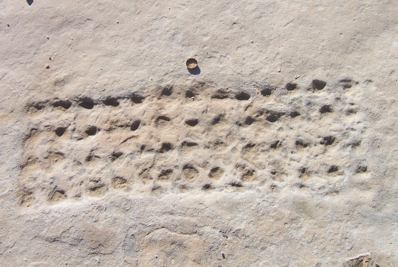
undefined
Al Kalbi’s Book of Idols specifically tells us that Manāts devotees used to go on pilgrimage with everyone else, but for them the pilgrimage was not completed until they visited her and shaved their heads in her presence.
Once the prophet Muhammad took control of the Holy City, the goddess Manāt was destroyed, along with all of the other idols. Ibn al-Kalbi tells us that the Prophet sent Ali to destroy Manāt and he removed two swords which had been dedicated to her.
Next we come to El-Kutbe - the God of writing Again, we know al-Kutbe from Lihyanite inscriptions where he is known as al-Kūtbā. Dr. John Healy tells us that there is an inscription in Petra that refers to “al-Kutbā of Gaia” and area just outside Petra.
Another inscription from esh-Shuqaliyyeh in Egypt tells of a Temple dedication to al-Kūtbā. This is in Egypt and dated to the first century BC.
Now why would you have a god of writing? I like to think that writing would be like magic to those who were illiterate.
You see you can do all kinds of things with writing. If you were a merchant writing was important. And as we study the Nabataea situation it becomes obvious that many Nabataean merchants were skilled in reading multiple languages or using multiple scripts for the same language.
Diodorus tells us that the Nabataean merchants would leave writings and directions in the desert that only they could read. Having secret scripts that outsiders could not read was very powerful thing. And so al-Kutbe became an important god to be able to call upon.
Next is the god El-Qawm or the God of war, or protection. The full name of this god was Shay’al-Qawm.
He first appears to have had a specific role in the protection of caravans. This would have been very useful to the Nabataean merchants who traveled throughout the Middle East.
And the name is quite well known in Safaitic graffiti. Dedications to al-Qawm can be found from Meda’in Saleh in Saudi Arabia all the way up to the Ḥawrān in northern Jordan. In Palmyra, there is an inscription mentioning Qawm, the good and bountiful god who does not drink wine. This gives us a clue that the followers of Al Qawm did not drink wine. This abstinence from wine is also mentioned by the ancient historian Diodorus who said:
They live in the open air, claiming as native land the wilderness that has neither rivers nor abundant springs from which it is possible for a hostile army to obtain water. It is their custom to neither plant grain, or set out any fruit-bearing tree, or to use wine, … if anyone is found acting contrary to this, death is his penalty. (Diodorus Siculus XIX,92:2)
So we have covered 6 important gods in Pre-Islamic times. There are 16 other gods that we could talk about, but they are mostly local gods for a small areas, or with only a few inscriptions or graffiti are found for each of these. (Eg: Ruḍā. Isaf, Na’ilah, Suwa, Ya’bub, Yaghuth, Ya’uq, Ri’am, Sa’d, Uqaysir, Nuhm, A’im, Su’ayr, al-Fals, Bajar, Amn-Anas)
All together we know only about 30 or 40 gods that might have been worshiped in the pagan Ka’ba area.
This means that there were multiple sacred objects for many of these standing objects that were there. There couldn’t have been 360 different idols, but probably 360 sacred things representing all of these different gods.
Perhaps there were many household idols included with the larger ones and smaller ones that had been gathered up out of the rubble from the earthquake. But in the end, though, 360 objects were gathered in the open area near the Ka’ba.
Now, where did all of these gods come from? Here is where many people make assumptions. They assume that the Nabataeans had a pantheon of Gods like the Romans and Greeks. They take what we understand of those civilizations, and then they apply it on the Nabataeans.
But the Nabataeans were merchants who traveled far and wide. In their travels they came in contact with many gods, and it became apparent to them that there were different gods in Egypt, than there were gods in Rome, and Gods in Babylon and so forth. Even the Jews had their own gods.
So the Nabataeans didn’t necessarily adapt these gods, and they never stopped people from those nations building temples and altars or so forth in their cities.
So an Egyptian who was now living in Petra, could put up some sacred motif to the god Isis or Eesis as it was probably pronounced. And no one would mind if he was worshiping his god You see, the Nabataeans didn’t necessarily have a pantheon or group of Gods they worshiped. They recognized gods of different locations.
The Egyptians had their gods, and the Romans had their gods. This is even found within the gods that the Nabataeans worshiped. When looking at the different gods that are mentioned in ancient inscriptions and graffiti, Dr. John Healey noticed that the gods Allat and Al Uzza were never found in the same location. They were worshiped in different places. And many times, when a god is mentioned, there is a note attached that that God was from a specific location.
For instance, in Ayn Shallaleh, there is an inscription beside a niche which refers to Allat the goddess who is in Bosra. Another inscription mentions: ‘the great goddess who is in Iram.’ This is a reference to a god in Wadi Rum.
When a god is worshiped somewhere else, the reference is often given where the god resides: Such as god in Bosra, or god in Iram, or god in al-Ḥawar.
So this allowed the Arabs to build temple buildings or to have sacred areas that provided worship to multiple gods. It is not that the temple was dedicated, it was restricted to just one god. There were sometimes dedications or mention of several gods in that sacred area. But in 106 AD, everything change. The Roman Empire now acquired the Nabataean kingdom, and the Roman influence began to come in, and the Nabataeans began to adopt some of the Roman thought. And so now, specific temples were attached to specific gods.
And so we must look back through the layers of time to understand the pre-Islamic Arabia, how they thought and then the new incoming Roman Helenization that was taking place. In Greece and Rome all the gods were very human. Each of them had gender and faces and … pictures. And many modern researchers seem to insistent that the gods of Arabs also needed to have gender, and they assign some as male and some as female, they suggest that some are wives of other gods, or the mother of others gods. All of this has to do with pantheons. While god gender was never a big deal, I don’t think in Arabia, but it was in Europe.
And so it appears to me, that the idea of gender crept with Rome annexation. I don’t know if there is strong enough evidence to build a whole case on this but what we see is that the Romans saw gods with having specific gender, but not necessarily the Arabs.
So now we have come to the end of this video, but not the end of this subject. In our next video we want to examine how the concepts of these gods influenced the coming of Islam.
So, I am Dan Gibson, and this has been another video in the series Archeology and Islam.
Bibliography
Bukhārī, al-Tarikh al-Kabīr, al-Tarīkh al-Ṣaghīr, and al-Tarīkh al-Awsaţ
Diodorus Bibliotheca Historica (II.42.1-5) Bibliotheca Historica (II.42.1-5)
Healey, John, Religion of the Nabataeans: A Conspectus, Brill Academic Pub, 2001
Hishām, Faris, Book of Idols, translated from Arabic, Ibn-al-Kalbi, 1952
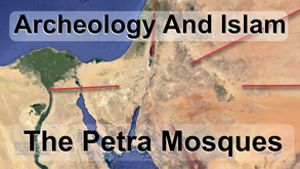
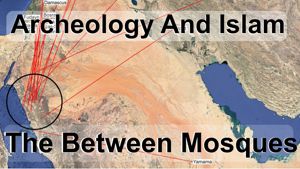
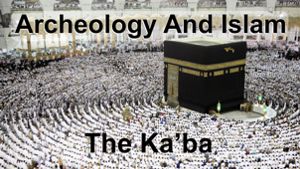
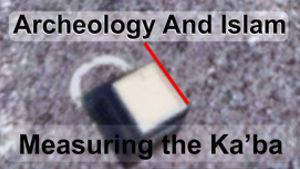
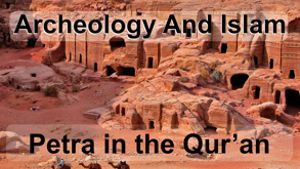
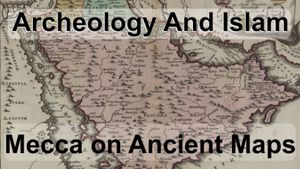
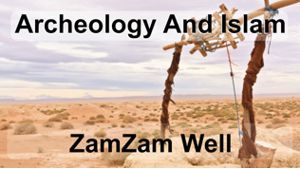
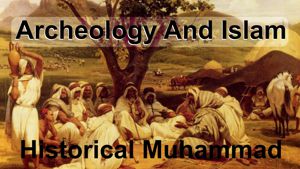
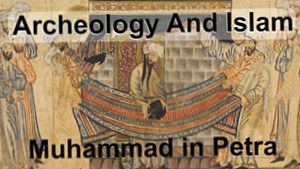
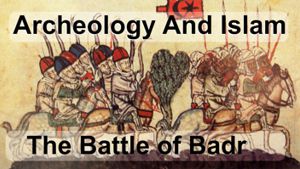
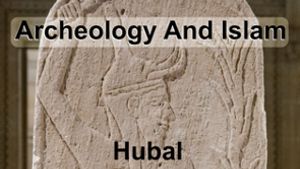
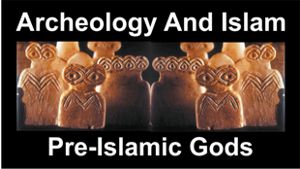
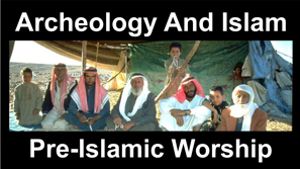
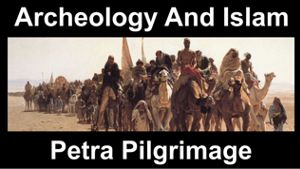
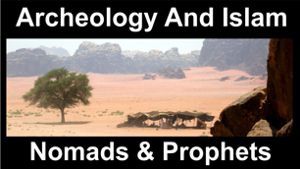
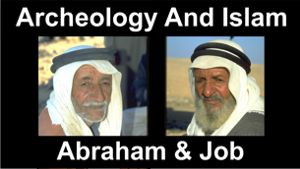
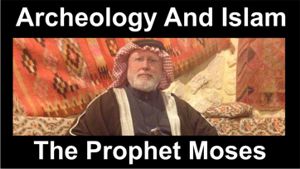
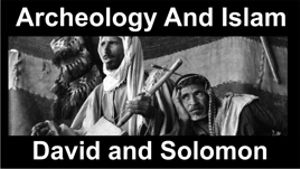
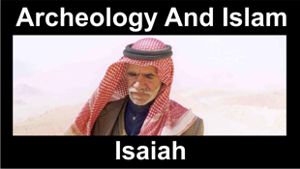
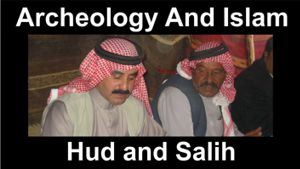

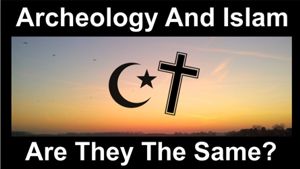
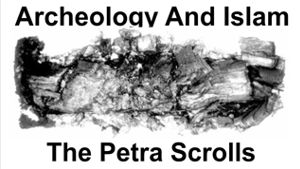
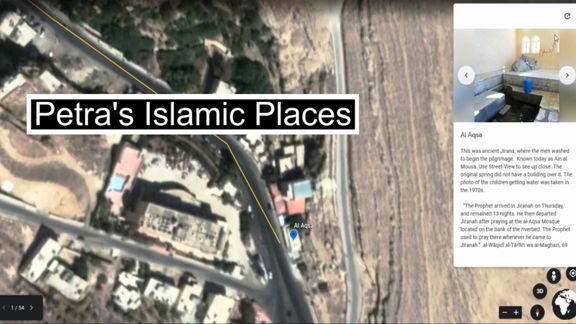

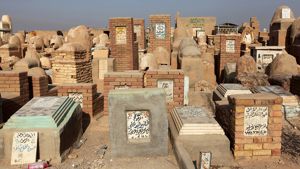
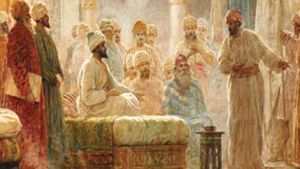
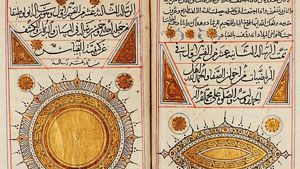
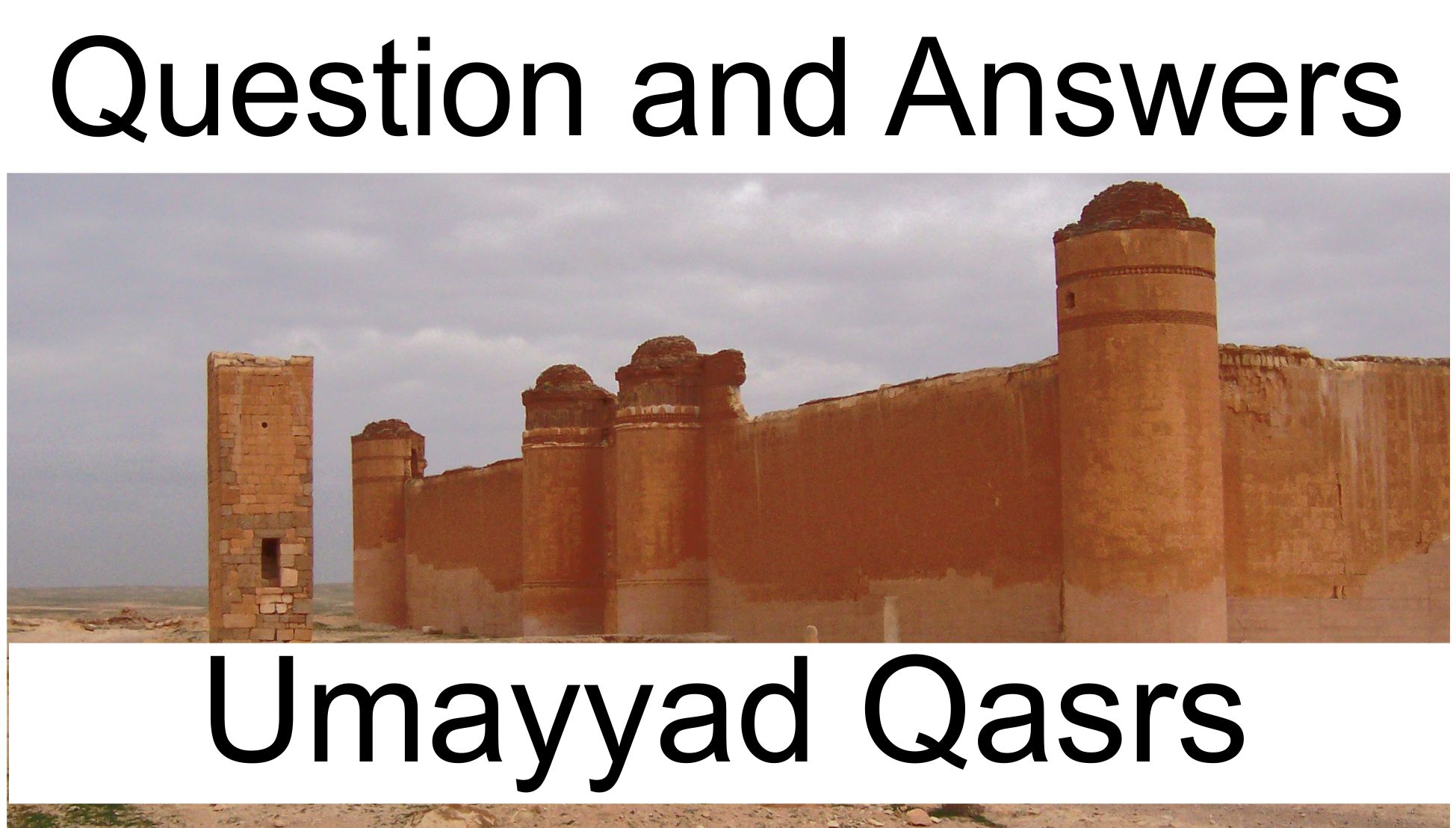
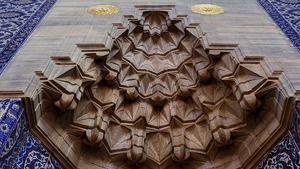
Page Discussion
Membership is required to comment. Membership is free of charge and available to everyone over the age of 16. Just click SignUp, or make a comment below. You will need a user name and a password. The system will automatically send a code to your email address. It should arrive in a few minutes. Enter the code, and you are finished.
Members who post adverts or use inappropriate language or make disrespectful comments will have their membership removed and be barred from the site. By becoming a member you agree to our Terms of Use and our Privacy, Cookies & Ad Policies. Remember that we will never, under any circumstances, sell or give your email address or private information to anyone unless required by law. Please keep your comments on topic. Thanks!